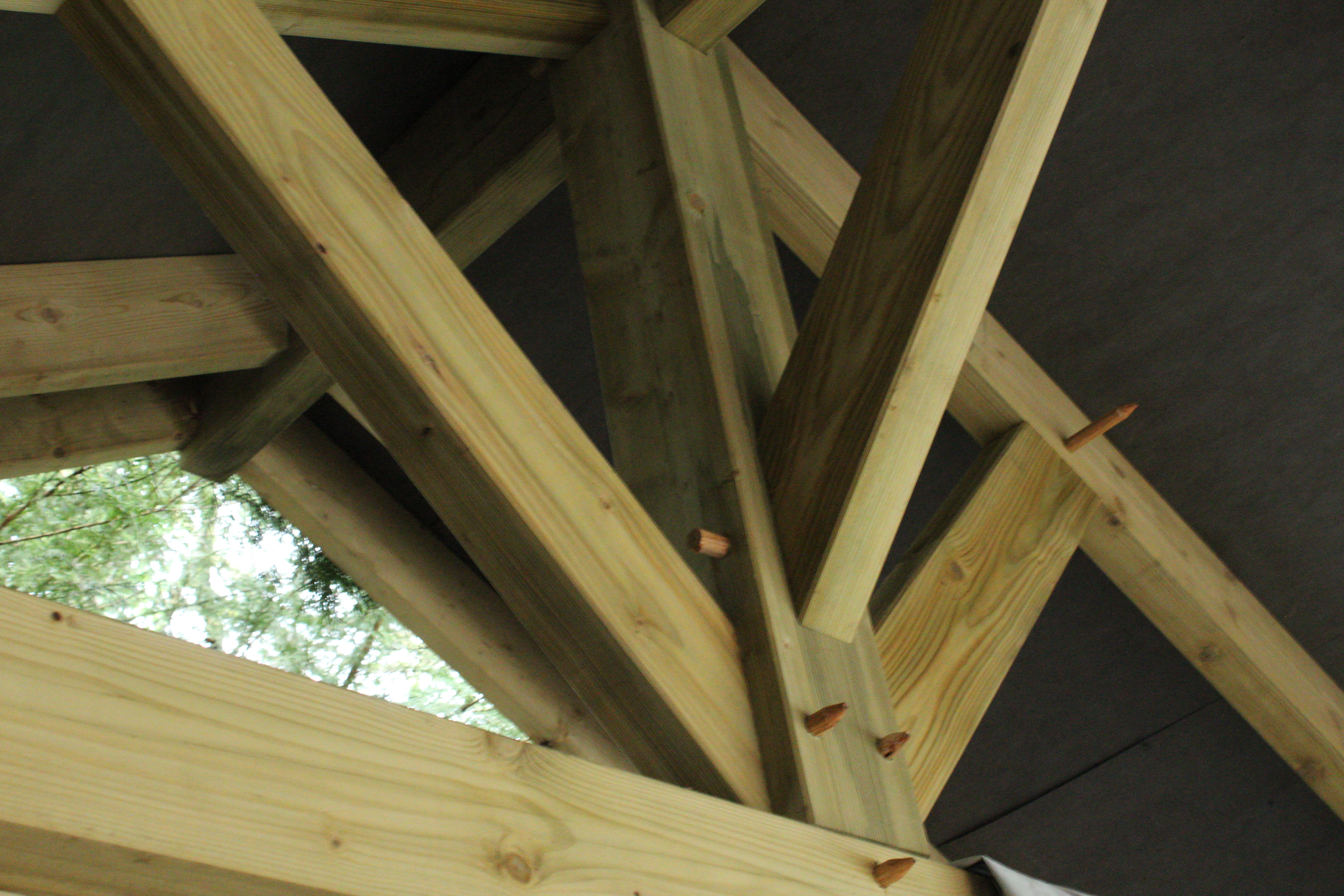Here are 10 reasons why sustainable timber is the best construction material, and why we should be looking at building timber buildings today:
Natural material
Timber is one of the few natural building materials, which has a lot of advantages. Generally, timber is non-toxic, is safe to handle and touch. It also means that as timber ages, it does so naturally.
Ecology and sustainability
People have been building with timber for thousands of years. Timber is ecological and sustainable and a truly renewable building material. Timber is grown quicker than it is used. Most of the main timber supplying countries re-grow more timber than is felled. If new trees are planted to replace those harvested, timber will continue to be available.
Low in production energy
It takes very little energy to convert the wood in trees to the timber used in building. This means that the embodied energy in timber is low. In fact it is the lowest of almost all common building materials.
A store for carbon
There is widespread concern about the amount of carbon in the atmosphere Timber is made from carbon drawn from the atmosphere. This carbon would otherwise be adding to the greenhouse effect. Using timber in buildings stores the carbon for as long as the building stands or the timber is used.
Offers great insulation
Timber is a natural insulator and can help reduce energy needs when it is used in windows, doors and floors. For years in the coldest countries of the world timber houses had no additional insulation, they just relied on thick timber walls to act as insulation. A timber building allows for more space for insulation than a brick building, and wood itself also has naturally thermally insulating properties.
Wood also has better insulating properties than steel. Wood's structure contains minute air pockets, which limit its ability to conduct heat and help to minimise the energy needed for heating and cooling our eco timber houses providing very energy efficient homes.
Energy efficient timber houses
Wood helps to minimise energy consumption in several ways. Life cycle of a product studies show that wood and timber frame houses significantly outperform steel and concrete.
Easy to work
Timber is versatile and can be used in a wide variety of ways. Being light, it is quick to install and can be worked with simple equipment. This reduces the energy needed for construction. Different species of tree produce timber of differing colours, textures and functional qualities.
No limits on design and size
In virtually all applications where timber can be use there is no limit on the design and size. Timber designs can offer up to 15m clean spans as well as having all the possibilities for all designs to suit architectural and functional designs. Using timber as the main building material is the right choice with its endless design possibilities.
Quick build time
The speed of the build is quicker with timber. A timber frame can be partly pre-cut, modulated, and built to precision making build time much quicker than for a brick or conventional build. Time is also saved since less building debris to clear.
Timber-framed buildings are far quicker to erect than brick or stone buildings. A quicker build time clearly saves time and money for both domestic and commercial property owners.
Durable and easy to maintain
Timber is a highly durable material. Lots of well-made wooden structures last for centuries. Timber is also easy and cheap to maintain compared to other materials, especially if you don’t mind the natural changing colour over time.


 Back
Back
 June 20, 2024
June 20, 2024  3 min read
3 min read




